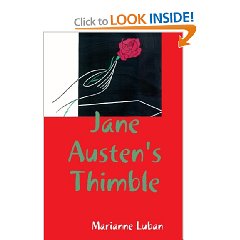Recently, I wrote an email to the Secretary-general of the SCA in Egypt, asking for publication of the autosomal DNA of the pharaoh Thutmose IV, as I feel our understanding of the 18th Dynasty can go no farther without this information. Ever since Zahi Hawass et al published the DNA testing results of Tutankhamun and his family members in JAMA, people have found it odd that Thutmose IV was not included in the study. His mummy is fairly securely identified and, besides, the face resembles his own portraits from antiquity and also bears some resemblance to the head of the mummy of his father, Amenhotep II.
Amenhotep III was tested and so was the mummy formerly called "the Elder Lady", long thought by some, including myself, to be Queen Tiye. This was confirmed, as her DNA showed her to have been the daughter of Yuya and Thuya, also included in the study. Moreover, it looks quite likely that Yuya was a relative of Amenhotep III, a rather surprising and not insignificant development. We do not, evidently, have the mummy of Mutemwia, the mother of Amenhotep III, but there is Thutmose IV for sure. Had this last been tested, it would have been possible to know if Yuya was related to Nebmaare Amenhotep on the paternal or maternal side. Persons are speculating that Yuya was a brother to Mutemwia, but I do not concur, as one can see in my paper, "The Name of Thuya", which can be read here:
https://independent.academia.edu/MarianneLuban
It is up to the Egyptians to explain why Thutmose IV was left out of the DNA study or publication when it would seem his inclusion might have answered some questions that arose out of the study, itself.
Friday, August 29, 2014
Subscribe to:
Post Comments (Atom)









1 comment:
As I said, without knowing the autosomal DNA of Thutmose IV, it is not possible to understand if Yuya was related to Amenhotep III on the side of Amenhotep's
father or on the side of his mother, Queen Mutemwia. If it could be established that
Yuya was a son of a king, several matters could be cleared up—and I will list them:
1.That the brothers of the king who succeeded his father were allowed to live and were
not killed in order to eliminate all male claimants to the throne, as happened in Turkey
in times past.
2.That Amenhotep III married a girl with royal blood [Tiye] and not someone whose parents
were both commoners.
3.That the sons of previous kings were not called “sA nsw” but had other titles like the
“iri-pat Hatia” of Yuya. Obviously, the polygamous kings of Egypt had many sons who
must have survived them, but we have no attestations of living men called “king's son” of
a past/dead king in the New Kingdom tombs.
Post a Comment